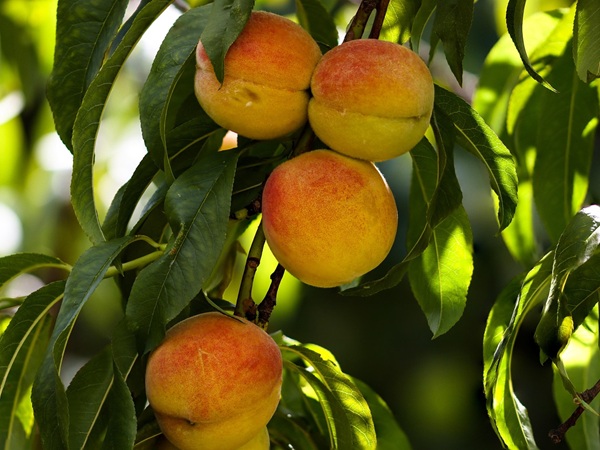BALTIMORE, MD—After a colder than average winter that brought deep freezes to much of Maryland, local gardeners might be in for a surprisingly productive summer. While residents may have dealt with an unusually brisk winter, those frosty days were quietly working behind the scenes, especially for fruit trees, leafy greens, and hardy herbs.
Maryland saw temperatures well below average for much of the 2024–25 winter, with some January cold waves dropping significantly. For home gardeners, this mix of cold dormancy and sudden spring warmth creates both challenges and opportunities. Here’s what Maryland growers can expect in the coming summer months, and which crops are best positioned to thrive.
Stone Fruits Could Shine
Chilly winters are tough on humans, but essential for fruit trees. Many stone fruits – think peaches, plums, apricots – require long periods of cold (known as chill hours) to reset their internal clocks. Without that winter dormancy, trees may bloom unevenly or fail to fruit altogether.
“In regions that grow peaches and plums, a solid stretch of chill hours can be just what fruit trees need – provided it’s not too much of a good thing,” says Martynas Mandrijauskas, founder of Craftcamp, a resource for gardeners with step-by-step guides from building raised beds and DIY greenhouses to maximizing fruit tree yields.
Leafy Greens Love a Moist Start
Colder temperatures and wetter weather mean that Maryland soils are emerging from winter with good moisture levels – great news for fast-growing greens like spinach, lettuce, chard, and kale. These crops thrive in cooler conditions and are often the first to go in the ground once the soil can be worked.
Drought-Hardy Herbs Could Be Surprise Stars
In many areas, the quick shift from winter chill to spring warmth led to a shorter-than-usual runoff period – whether from snowmelt or seasonal rains – raising concerns about early soil dryness. That’s where hardy herbs like rosemary, thyme, and oregano come in.
If you’re planting herbs this season, consider adding a layer of bark mulch to conserve water, and use drip irrigation if possible to minimize stress from hot spells.
Hold Off on Tomatoes – for Now
It may be tempting to start warm-season favorites like tomatoes, peppers, and cucumbers as soon as the weather heats up, but experts advise patience. With soil temperatures still recovering from a long freeze, planting too early can stunt growth or kill seedlings altogether.
A soil thermometer costs just a few dollars and could make the difference between a thriving tomato plant and a disappointing dud.
The Bottom Line for Maryland Gardeners
Maryland’s colder-than-average winter created a unique opportunity for a strong gardening season, especially for crops that thrive on chill hours and moisture-rich soil. From juicy peaches to vibrant kale and resilient herbs, this could be a banner year for backyard growers who time their planting right.
“A cold snap doesn’t just slow us down – it also slows pests, boosts dormancy, and prepares certain crops for a better yield,” continues Martynas Mandrijauskas. “Just don’t rush the warm-weather crops. This year, patience – and a bit of mulch – might be the best fertilizer of all.”
Mandrijauskas notes that many of these crops are more forgiving than traditional garden staples, thriving even in extreme heat, humidity, or cooler climates. “We want to show people: you don’t need to be a master gardener. You just need a patch of soil, a little water, and the right plants for your region.”
Photo via Pixabay


